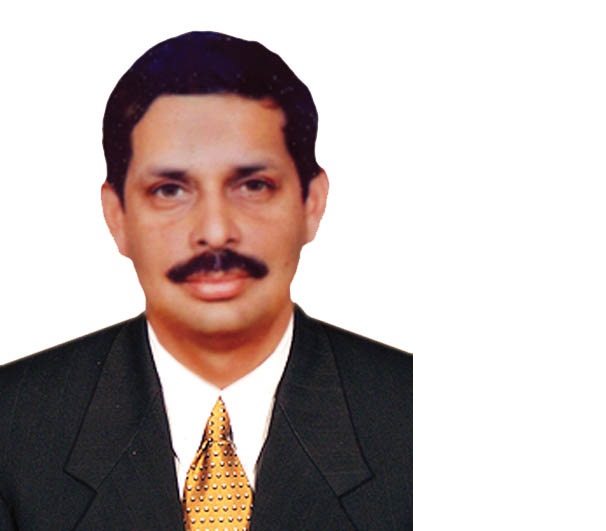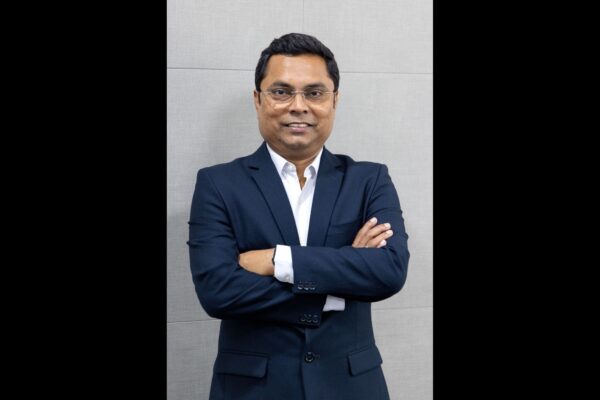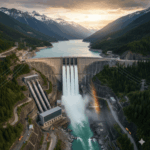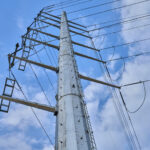We are expected to finish phase- 3 by Dec 2016
Delhi Metro has emerged as a backbone for Delhi and nearby areas. Currently, we are spread over a wide network of 213 km, says Anuj Dayal Executive Director, Corporate Communications, DMRC in an interaction with EPC World.
What, in your opinion, is the role of Metro rails in the Indian urban transportation system as the most environmentally-sustainable transport today?
The future of transportation in India lies in sustainable mobility and eco-friendly alternatives. India is determined to implement and promote environment friendly modes of transportation like Mass Rapid Transit System (MRTS). In the years to come, about 40 per cent of the Indian population is going to be dependent on the urban infrastructure, for which urban transport is going to be the key factor.
How is Delhi Metro faring? How is the work on other phases of Delhi metro progressing? Are they likely to meet their respective targets of commencement?
Delhi Metro has emerged as a backbone for Delhi and nearby areas. Currently, we are spread over a wide network of 213 km. By Dec 2016, we are expected to finish the projects under Phase- 3, which will extend our network to about 350 Kms, connecting all the nearby areas of Delhi and NCR.
What are the pros & cons of the PPP and EPC models of funding the metro rail projects? Which is the preferred alternative and why? Has PPP model been rewarding?
Metro railway is primarily a public service project oriented towards providing mass transportation services to the people. Therefore, it is not viewed from the perspective of generating profits worldwide. Construction of metro projects is extremely cost-intensive and as of today, very few metro projects including Delhi Metro are generating operational profits. Most metros globally need subsidies from their respective governments since the cost of operating metro systems is also very high. In case of any PPP venture, profit motive is always taken into consideration since the private players generally tend to invest with this motive in mind.
What kind of challenges do you face during the execution of the project?
In many cities of the west, the space for construction of Metro is allocated during the planning stage of the city itself. But Delhi has been just the opposite case. Delhi metro has been, and is still being constructed in a very crowded city set up with congested roads and residential colonies, markets etc. Therefore, the biggest challenge lies in the construction phase itself, where we have to take extra care so that everything is done without causing major displacement of people and hampering traffic. All government agencies must work in coordination to ensure that there are adequate transportation options available from all Metro stations.
Are all the metro rail corridors utilised to the optimum level? What is the significance of first mile and last mile connectivity for proper utilisation of capacity?
In the Delhi Metro network, all metro corridors are being utilized to the optimum level. Ridership of the Airport metro line has also significantly increased recently. In order to increase the popularity of the Airport Express Line, many measures have been taken recently by Delhi Metro, from reducing passenger fares up to 50 per cent to increasing the frequency of trains. Last mile connectivity is extremely important for the success of any metro corridor.
What are your expectations in order to expedite the progress of Metro rail projects in the country?
Delhi Metro is providing consultancy to many Metro projects planned in the country to make sure that the progress of Metro Rail projects in the country is expedited.









